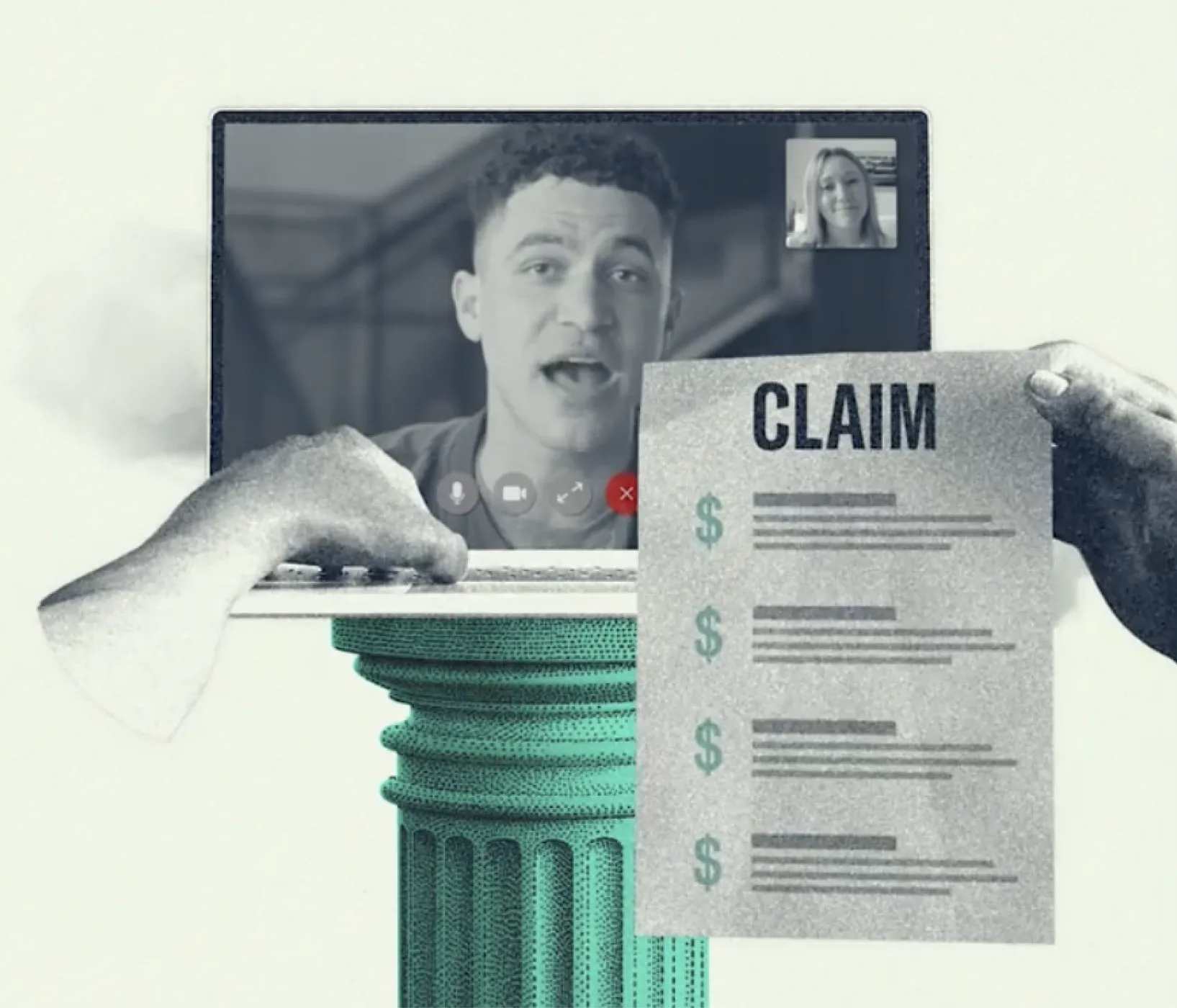How Much Employment Practices Liability Insurance Do I Need?



Employment Practices Liability Insurance (EPLI) protects your business from employee-related lawsuits such as discrimination, harassment, wrongful termination, and retaliation. But how much coverage is enough?
There’s no universal answer. The right limit depends on your company’s size, structure, and exposure to employment-related risk. This guide explains how to evaluate what you need, and how to make sure you’re not over- or underinsured.
Factors That Determine How Much Employment Practices Liability Insurance Coverage You Need
It depends on your company’s size, structure, and exposure but here are some common benchmarks for how EPLI limits typically scale with headcount:
Based on benchmarks from Vouch’s coverage recommendation tool. They should be used as a starting point for budgeting, not a substitute for a custom quote.
Note that the higher your limits, typically the higher cost of your EPLI policy. When deciding how much coverage you need, insurers and risk advisors typically consider five key factors:
Number of employees
Every new hire increases your exposure. As a general rule, EPLI limits should rise proportionally with headcount. Smaller teams may carry $500,000 to $1 million in coverage, while companies with more than 100 employees often require multi-million-dollar limits.
Industry and risk profile
Some industries—like tech, healthcare, finance, and professional services—are more exposed to employment litigation due to fast growth, decentralized teams, or regulatory oversight. Highly regulated or high-turnover sectors often need higher limits.
Geographic footprint
Employment laws vary widely across states. Operating in jurisdictions with strong worker protections—such as California, New York, or Illinois—can increase the likelihood of claims and warrant higher coverage.
Claims history
If you’ve faced past allegations, even those dismissed or settled, you’re more likely to be targeted again. Insurers often recommend higher limits and stronger documentation protocols in these cases.
Legal and HR policies
Companies with formal HR departments, robust training programs, and employee handbooks typically face fewer claims. Strong internal controls may justify lower limits or lower deductibles.
Bundling EPLI in a Management & Professional Liability Policy
EPLI can usually be bundled as part of a Management & Professional Liability (MPL) policy, alongside Directors & Officers (D&O) and Fiduciary Liability.
This structure allows the coverages to work together, protecting company leaders, HR teams, and benefit plan administrators under one coordinated policy.
Bundling not only simplifies claims handling but can also make higher coverage limits more affordable than buying standalone EPLI.
How EPLI Policy Limits Work
EPLI is typically written on a claims-made basis. That means it covers claims filed during the active policy period, regardless of when the alleged incident occurred (as long as it’s after the policy’s retroactive date).
Most policies feature:
- Aggregate limit: The total amount available for all claims during the policy term.
- Per-claim limit: The maximum payout for any single claim.
- Retention: The amount your company pays before coverage kicks in.
It’s important to confirm whether defense costs are inside or outside the limit. If defense costs are inside, every dollar spent on attorneys reduces what’s available for settlements.
How to Reassess Your EPLI Limits
Review your EPLI limits annually, or more frequently if your company experiences major changes such as:
- Rapid hiring or layoffs
- Entering new markets or states
- Mergers or acquisitions
- Regulatory investigations or leadership changes
A quick annual review ensures your coverage still matches your risk. EPLI should scale as your team grows and your operations become more complex.
The right amount of EPLI coverage isn’t just about meeting contractual requirements, it’s about protecting your company’s financial stability and leadership team.
Partnering with a broker like Vouch who understands your industry and stage of growth can help you strike the right balance between adequate protection and manageable cost.
Frequently Asked Questions
Is EPLI required for all employers?
No, but it’s strongly recommended once you hire employees, especially if your business operates in multiple states.
Does EPLI cover independent contractors?
Some policies do; others exclude them. Always check your definitions of “employee.”
Should startups buy high limits from day one?
If you’re scaling quickly or hiring across jurisdictions, higher limits early on can prevent coverage gaps as you grow.
Is EPLI included in a BOP?
No. EPLI must be added separately or purchased within a management liability package.
Vouch Specialty Insurance Services, LLC (CA License #6004944) is a licensed insurance producer in states where it conducts business. A complete list of state licenses is available at vouch.us/legal/licenses. Insurance products are underwritten by various insurance carriers, not by Vouch. This material is for informational purposes only and does not create a binding contract or alter policy terms. Coverage availability, terms, and conditions vary by state and are subject to underwriting review and approval.





